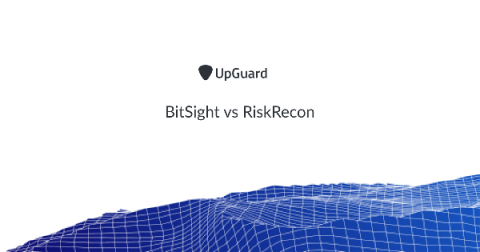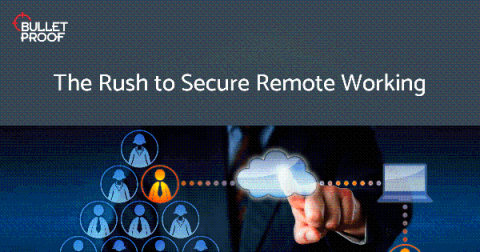BitSight vs RiskRecon
Whether you're a CISO, Vice President or individual contributor, you understand that information technology has changed how we do business, for better and for worse. Technology has brought speed, scale, and better customer experience to all aspects of commerce and communication, but it has also increased cybersecurity risk, particularly data breaches, cyber attacks, and other cyber threats.










